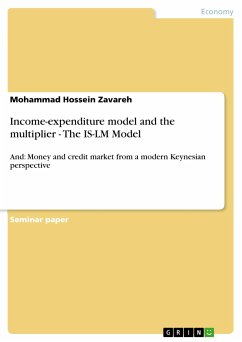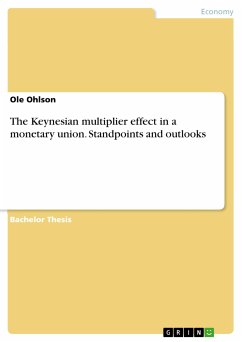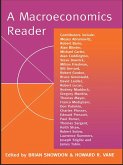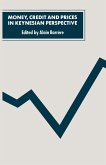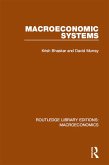Seminar paper from the year 2010 in the subject Economics - Macro-economics, general, grade: 2,3, Berlin School of Economics and Law, language: English, abstract: Table of Contents: 1.) Income-expenditure model and the multiplier a) Please explain the income-expenditure model for a closed economy whithout a government with the help of a figure b) The following data for consumption (C) and private net investment is given: C = 50 + 0.9Y, I = 100. Please calculate the equilibrium values for income, consumption, saving and investment, and derive the investment-income multiplier. c) Please explain the paradox of thrift making use of the example in 1b. d) What happens to equilibrium income, consumption, saving and investment, when we introduce government spending (G = 100), completely financed by a tax on wealth, into the model? Explain your results. 3.) The IS-LM model a) Please explain the IS-LM model with the help of a figure. What are the basic assumptions and what are the main conclusions? b) Please explain how fiscal and monetary policies can affect the equilibrium. Which policy should be applied in a deep recession? c) Which are the problems of the IS-LM model in your view? 4.) Money and credit market from a modern Keynesian perspective a) Explain the relationship between the money and the credit market from a Keynesian perspective making use of a 4-quadrant figure. b) How can the central bank affect the equilibrium on the credit market? c) Discuss the effectiveness of expansionary monetary policies in a severe crisis.
Dieser Download kann aus rechtlichen Gründen nur mit Rechnungsadresse in A, B, BG, CY, CZ, D, DK, EW, E, FIN, F, GR, HR, H, IRL, I, LT, L, LR, M, NL, PL, P, R, S, SLO, SK ausgeliefert werden.

